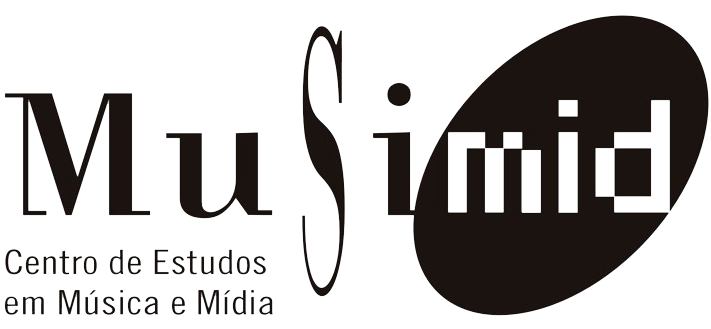Dossier “Cultural heritage, music, and media”
Dossier “Cultural heritage, music, and media”
Invited editors: Amílcar Almeida Bezerra (UFPE) e Luiz Henrique Assis Garcia (UFMG)
Reproducibility and technical mediation have transformed our relationships with sound by making it 'objectifiable.' One of the possibilities opened by recording was its use for documentary recording of cultural expressions. This avenue gained momentum with the possibility of recording testimonies related to historical events, affecting the construction of memory and the way to narrate History, and stories, through museums and collections. Discussing recorded sound and popular music as objects of the operations of heritage and musealization necessarily involves examining their production as artifacts that are repositories of attributes and social representation in permanent re-elaboration. In this regard, an important insight is provided by Sterne's work (2003), especially as it excavates the cultural history of the link between life-death and past-present through the first sound recordings and the expectations produced about them.
We highlight that popular music, traditionally regarded as a bastardized and undervalued form due to its link with the market and the cultural industry, has begun to be recognized by heritage consecrating institutions, particularly from the second half of the 20th century, also for being a frequently used element by groups and individuals to confer meanings and construct identities, participating in the plural appropriations that transform the heritage present in urban space, both within and outside institutional contexts.
Considering the broader cultural heritage scenario, and the museological context in particular, we can confirm that, alongside consolidated initiatives—such as record libraries associated with archival institutions, museological collections of musical instruments present in encyclopedic, historical, or ethnographic museums, museums specifically dedicated to music or in the typology of image and sound, and house museums dedicated to socially recognized figures in music—other endeavors have emerged focusing on specific genres, the relationships between artists and the urban landscape, musealized circuits and routes, and various initiatives for recording, safeguarding, and promoting that are encompassed in public policies dedicated to intangible heritage. It is important to emphasize that the recognition of popular music as heritage in our country holds considerable pioneering status, as shown by Cláudia Mesquita (2003) in her study on the MIS (Museum of Image and Sound) in Rio de Janeiro.
Recently, IPHAN granted forró the title of Brazilian intangible cultural heritage, opening possibilities both for the discussion of an intangible heritage concept applied to cultural manifestations widely recorded and disseminated in sound and audiovisual media, and for the very idea of cultural industry as a matrix of cultural assets potentially subject to heritage preservation. Today, as new communication technologies create conditions for the digitization and mass sharing of all material already recorded in physical media, the relationships between media and heritage necessarily get reconfigured.
We mainly want to investigate the determining mediations for such a process of heritage preservation, especially in the Brazilian context, based on the premise that the social and technological changes affecting the production and circulation of popular music today, in the tension between materiality and immateriality, with the decline of certain media and the rise of others (especially streaming platforms), challenge museums and other institutions dedicated to developing new heritage policies aimed at this type of collection, in a context where new means modify the relationships of production, circulation, and consumption of music.Parte superior do formulário
Submission deadline: January 15, 2025
Publication date: June 2025















